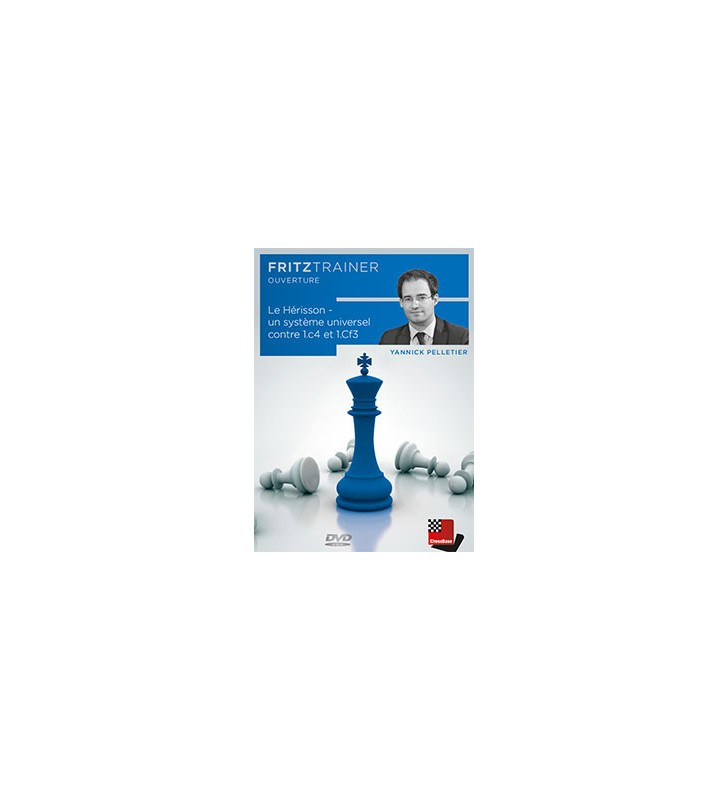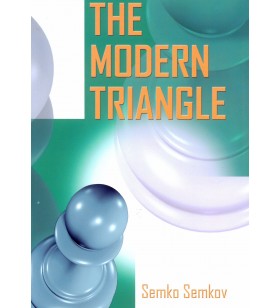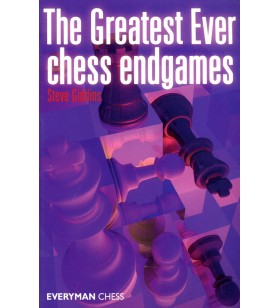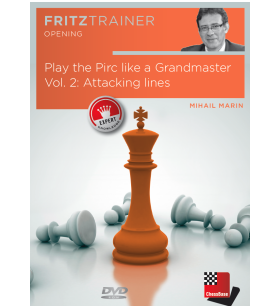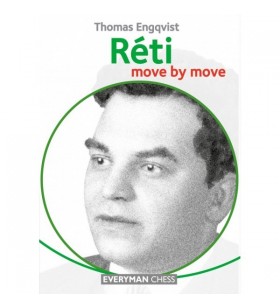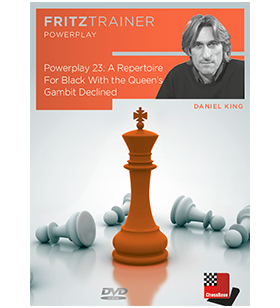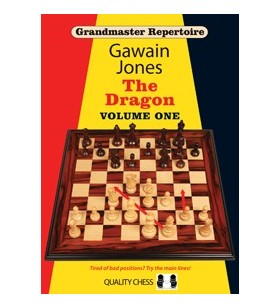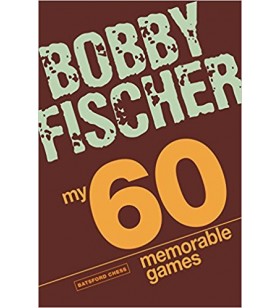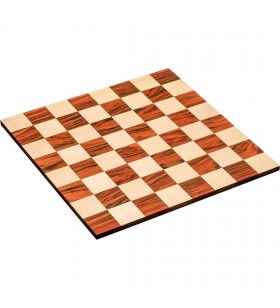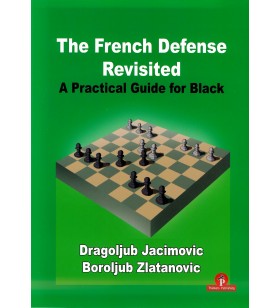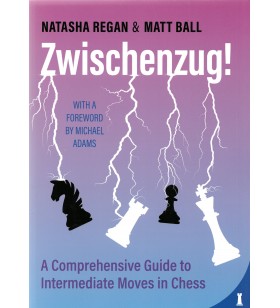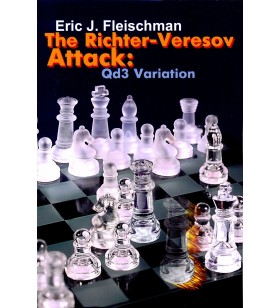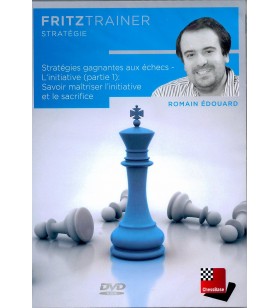- SCHAAK
- DENKSPELLEN
- GO
- BRIDGE, TAROT & KAARTEN
- POKER & CASINO
- PUZZLES & BRAINBREKERS
- DARTS
Pelletier - Le Hérisson - un système universel contre 1.c4 et Cf3 DVD
 Livraison sous 48 heures via Bpost*
Livraison sous 48 heures via Bpost*
Gratis levering vanaf €69 (België, Frankrijk, Nederland, Luxemburg, Duitsland)
 U kunt uw bestelling annuleren
U kunt uw bestelling annuleren
Veertien dagen lang!
 Beveiligde betalingen
Beveiligde betalingen
Alle betaalkaarten geaccepteerd.
Specifieke referenties
16 ander product
GIDDINS - The Greatest Ever chess endgames
The Greatest Ever chess endgames, Steve Giddins
' Les plus grandes ', c'est toujours une affaire d'appréciation Disons donc que ce livre présente 50 finales parmi les plus remarquables de l'histoire des échecs (les parties sont données intégralement, mais les commentaires commencent à l'entrée en finale). Il n'y a pas tant de livres qui donnent des finales dans leur intégralité, et Giddins reste un des auteurs les plus plaisants du circuit - on peut donc se laisser tenter
DAVIES - Tricks & Traps Vol. 2 1. d4 Openings DVD
Système requis:
Pentium 300 Mhz, 64 Mo RAM, Windows XP, Windows Vista, Windows 7, lecteur DVD-ROM, souris, carte son.
Jacimovic/Zlatanovic - The French Defense revisited. A practical guide for black
For almost two centuries the French Defense has been a universally popular opening. Many
authorities have made their contribution to establishing the theory. Thanks to
their efforts, players nowadays can easily make a choice between the many and various
options, whether peaceful or sharp, whether statically or dynamically
orientated. Just as importantly, if not more so, fans of the French worldwide
can today find good options to play both for a win and a draw! All this makes
the French Defense very popular. However, the authors think that many lines
have not been well explained or should be revisited. Some other lines deserve a better reputation. Finally we have also suggested some new approaches. Simply speaking,
the French Defense looks to be inexhaustible and there cannot be enough books
dedicated to it. This book takes a step in the direction of revitalizing our favorite
opening!
The authors have decided to set the book in order from the less to the more popular and complex lines. In the case of the most popular moves 3. e5, 3.Nd2 and 3.Nc3
298 pages
Regan/Ball - Zwischenzug (a comprehensive guide to Intermediate Moves in Chess)
Zwischenzug! is the first-ever comprehensive guide to the chess tactic also known as the intermediate move, or intermezzo. This exciting manoeuvre can catch opponents off guard because it is against the expected run of play. You will learn how to spot Zwischenzugs, when to look out for them, and how to set them up in your games.
The authors have studied thousands of games and have identified the patterns that appear frequently in practical play. The book categorizes the different types of Zwischenzugs and distils them into easily accessible themes. The concepts are given catchy names to make them more memorable, and historical details and anecdotes are added throughout the book.
Included is an extensive mix of sample puzzles for learning and practice.
When published on Chessable, the course was received very enthusiastically and awarded an average rating of 4.82 out of a possible five stars. Another welcome effect is that the authors are now finding a lot of Zwischenzugs in their own games! 280 pages
Fleischman - The Richter - Veresov Attack (Qd3 variation)
Do you play 1.d4, but feel discouraged by the seemingly limitless number of finely honed defensive systems available to Black? If you’re put off by the idea of having to learn massive amounts of theory just to reach a playable middlegame, then The Richter-Veresov Attack: Qd3 Variation might be just what you’re looking for.
Right away, you’ll be taking your opponents out of their preparation and into your comfort zone. While the Richter-Veresov has developed its own “book” over the years, Eric Fleischman shows you how to bypass a lot of that body of theory, too, with an early deployment of the queen to d3, an idea sometimes known as the Amazon Attack.
Covering a wide range of setups that Black could adopt in response (including French, Caro-Kann, Indian, Benoni, and Dutch formations), the author uses games by international players and examples from his own play to show how experience and a sense of the position count for more than memorized lines in The Richter-Veresov Attack: Qd3 Variation.
283 pages

 Français
Français Nederlands
Nederlands English
English